November 26, 2016 – Additive manufacturing or 3D printing is finding all kinds of new applications and materials as it moves from being a marginal player to the centre piece in industrial processes. Here are just a few in the many advances we are seeing in 3D printing.
Russian Printer Helps U.S. Company Print 3D Houses
The Apis Cor printer, the product of a company based in Stupino, Russia can print a 100-square meter (1,076 square feet) house on a building site in 24 hours. This differs from other additive manufacturers using 3D printing for construction. These printers are located in buildings where they print parts of a building which then gets shipped to the construction site. Not Apis Cor. The picture below gives you a sense of how much the 3D printer resembles a mini-construction crane rotating around a central axis. It takes no more than an hour to set up and launch and uses a Mobile Automated Unit containing a cement mix as its ink. The printer consumes eight kilowatts of energy during construction and produces little to no waste. Apis Cor claims that using it to produce a house can reduce costs of construction by a minimum of 40%.
A U.S. company, Sunconomy, has teamed up with Apis Cor in a “revolutionary journey to build affordable, smart, sustainable housing.” Sunconomy’s adoption of the technology is aimed at solving a number of construction challenges. First it’s about building more eco-friendly housing. Second, it’s about creating new opportunities for employment in the industry. And third, its about addressing people living in poverty by providing them with affordable, sustainable homes.
Sunconomy lists the following as the advantages Apis Cor’s 3D printing technology provides:
- Affordability, with less waste
- Super strong housing (can resist winds of up to 220 MPH)
- Net Zero energy consumption (meaning the amount of energy used is equal to amount produced)
- Water through rain water catchment
- The use of natural materials
- Compatibility with IoT (Internet of Things) devices
- Lower insurance costs with the use of materials that lower risk of major hazards such as fire or roof damage
Future plans could combine 3D scanning directly linked to the 3D printer to create instant custom designed end products.
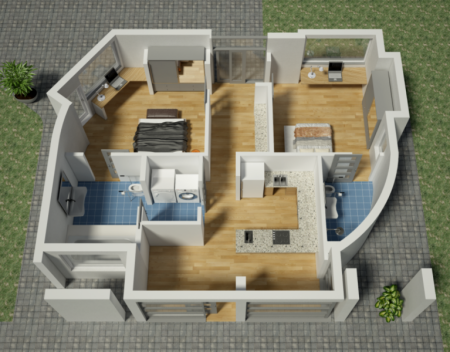
British Team Develops 3D Metal Printer to Function in Zero Gravity
A Birmingham University scientist has invented a process and 3D printer that can machine metal spare parts on space missions. The prototype has undergone tests in a zero-G lab run by the European Space Agency (ESA). Developed by a PhD student, Luke Carter, who describes the system as an important component in the “third industrial revolution,” it represents a more cost effective way to manufacture aluminum and other metal parts than any current technologies here on Earth or in space. Carter describes the technology as a prototype of a low-power, metal 3D printing system that with a little more testing could find its way to the International Space Station and to future human Deep Space missions such as revisits to the Moon or an expedition to Mars. The printer can use nickel, titanium and aluminum and even more exotic materials as its ink. What it produces in the end is equal if not superior to conventionally cast or machined parts.
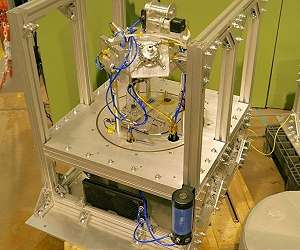
3D Printing Making an Impression on Oil and Gas Operations
Harshit Sharma of Lux Research has recently authored a report entitled, “Assessing the Opportunity of Additive Manufacturing for the Oil and Gas Industry.” In it Sharma points out that “as much as 70% of material could be wasted when a particular part is machined in the oil and gas industry.” He points to traditional practices within oilfield operations where components created on site produce scrap metal which gets “dumped along with the manufacturing lubricants and cleaning fluids” used in field operations into landfill.
Royal Dutch Shell is investing in 3D printing to minimize such wasteful and environmentally unsustainable practices. It is experimenting with manufacturing specialty parts for field and refinery operations. The company’s technology centre in Amsterdam uses 3D print technology to make unique products that replace far more expensive custom manufactured components that often take weeks to make. Instead the production process from CAD drawing to completion can be done in 60 hours on site. One such 3D build created a connector component for an instrument that removes liquid mist from gas, preventing damage to a gas analyzer in the refining process.
Shell has even introduced 3D printing technology to its offshore field operations where the high cost of shipping and installation, and delays make it cost feasible to do in situ prototyping, modeling and manufacturing. From CAD drawings to a 3D model, rig operators can visualize a required solution, build a model, test it in simulation, debug it and then proceed to manufacturing.
In one project Shell is working with Dutch design companies to 3D print the steel bridges that can be seen in its offshore exploration vessels.
Future Mars City to Be 3D Printed in the Mojave Desert
Mars City Design is a design challenge project focused on creating a blueprint for building a sustainable city on Mars. An annual competition partially funded by a Kickstarter campaign open to registration starting last month, intends to see 25 finalists create prototypes for a 3D-printed city on Mars. States the project’s lead, Vera Mulyani, “What we’re trying to do..is to experiment…The gravity on Mars is different, so the density of the building materials will be different. It’s not about an architectural project that just looks cool; we have to see how far we can push 3D printing by experimenting [with] new ingredients for the paste and eventually building in some of the most extreme places on Earth. We want to learn how we can modify what we have today so that we can use it on Mars. Once we have that answer, we can improve our tools.”
From the 25 finalists, the judges will pick 3 who will then use additive manufacturing to build their concepts from the materials available to them found in situ in the Mojave Desert. Mulyani sees in these prototype Martian 3D-printed cities the foundation for creating cities on Mars that could house up to 1,000, built from Martian regolith.
3D Printed Skin Created to Protect Robots
MIT researchers have created 3D skin that can provide padding for robots to act as shock absorbers. A team at the Computer Science and Artificial Intelligence Laboratory (CSAIL) have created programmable visco-elastic membranes that can be layered on to robotic parts to make them less susceptible to damage from impacts such as a fall. The visco-elastic skin contains materials with different mechanical properties.
To build the material the researchers used a standard 3D printer with solid and liquid inks made of a rubber-like material called TangoBlack+. The end result, a cube robot containing a rigid body, two motors, a microcontroller, battery and motion sensors, all 3D-printed in a single pass.
The potential for this technology includes 3D-printed shock-absorbing wearables such as specialty shoes, helmets and body suits. For robots visco-elastic skin brings them one step closer to being human.

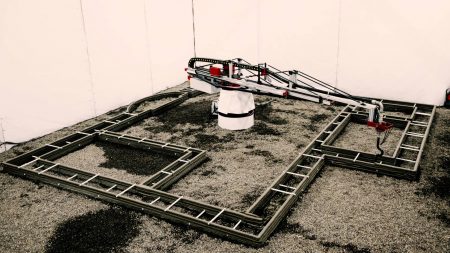
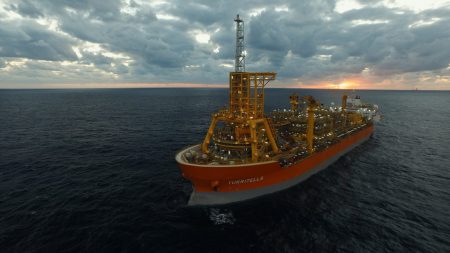
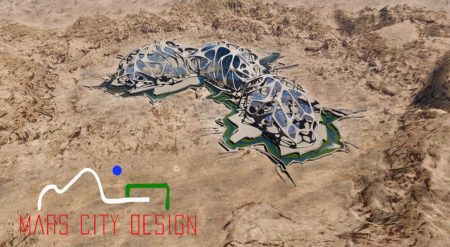
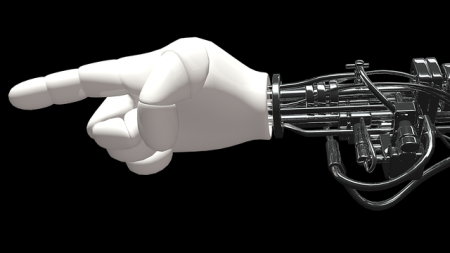















[…] first time I encountered Apis Cor was when I wrote about the state of 3D-printed buildings back in 2016. Then Apis Cor was […]